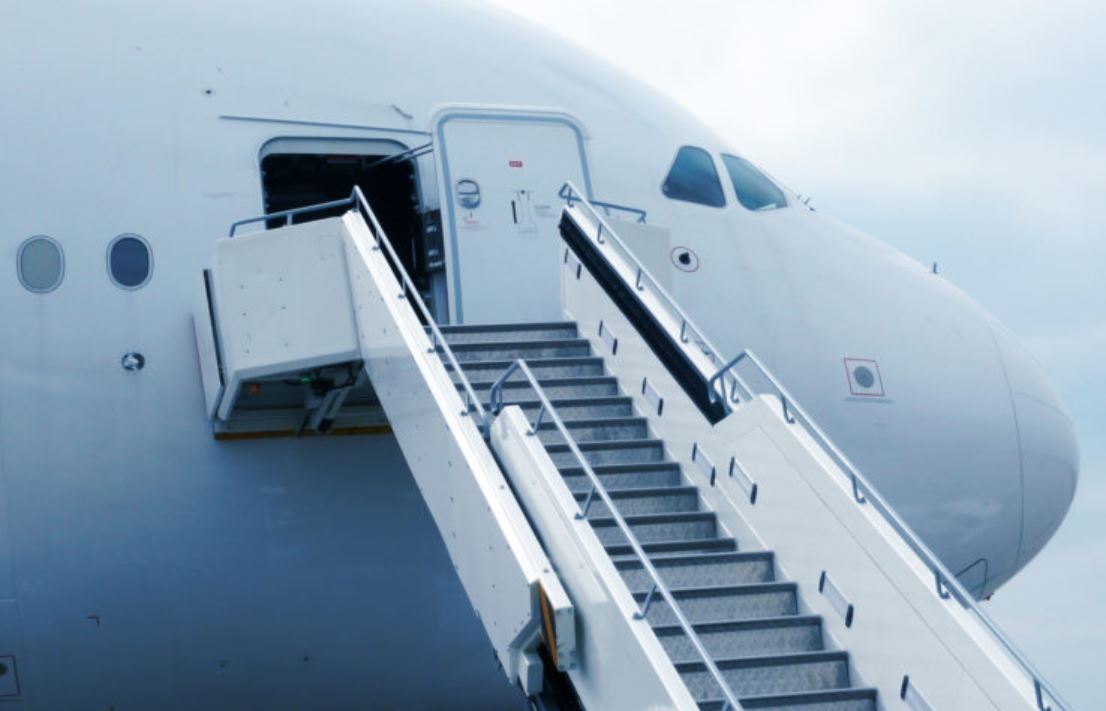The packaging used and the waste collected are indicative of an airline’s commitment to sustainable initiatives.
Unfortunately, this visible sign is subject to invisible forces. Regulations must change to allow aviation to fully contribute to the circular economy.
Untouched food and drink
The average passenger generates approximately 1.43kg of waste per flight, equating to nearly 6 million tonnes of waste per year once traffic fully recovers in 2024. Approximately 20% of this is untouched food and drink. That alone is worth about $4 billion, money that is effectively incinerated and that could be allocated to environmental initiatives.
Of course, the fact that this food and drink is sealed and untouched also suggests it could be used—perhaps for humanitarian efforts. Or, if biotreated, it could be a critical energy source. Not so. International Catering Waste (ICW) rules effectively prevent reuse, donation, recycling and biotreatment.
It should be noted that in 2019, IATA’s Cabin Waste Handbook identified 23 actions that could improve an airline’s cabin waste performance, including meal selection at time of check-in. Even so, it is clear that smarter regulation would alleviate much of the problem.
Airline meals are produced using Hazard Analysis and Critical Control Points (HACCP) food safety procedures, initially designed by NASA for the Apollo space program. “And yet meals produced to such standards are deemed a biohazardous waste when discarded by a passenger, requiring specialist handling and treatment,” says Jon Godson, IATA’s Assistant Director, Sustainability.
An IATA-commissioned risk report shed further light on the matter. It indicated that for a pig to receive an infective dose of the foot and mouth virus—ICW’s main concern—it needs to ingest a minimum of 125 litres of contaminated milk. That represents 10,416 airline creamer pots, which in any case are heat treated and sealed. It is also worth noting that the last foot and mouth outbreak in the United States was in 1929 and in Canada it was 1952.
Rather, the primary risk for animal disease transfer from air transport was from smuggled meat products. A study from Paris Charles de Gaulle airport suggests more than 3,200 tonnes of meat and fish were being smuggled every year, including wild-caught bushmeat from Africa. Similarly, a study in Switzerland estimated that over 1,000 tonnes of meat was being smuggled through Geneva and Zurich Airports each year.
“We need regulators to focus on real and not perceived risk,” says Godson.
The way forward
To demonstrate a potential way forward, IATA will work with six airlines on a TransAltantic reuse and recycling trial in 2023. The aim is to show aviation’s ability to recycle uncontaminated waste.
IATA will also continue to lobby for changes in the regulation and, in fact, held 12 meetings with animal health authorities in 2022 alone. It has formed a European Airline ICW Working Group that published a Joint Statement for policy makers. In October 2022, this statement prompted six Members of the European Parliament (MEPs) to raise questions about ICW rules. These questions have so far been downplayed with the well-worn answer of “international catering waste represents a high risk”. Yet, the European Commission has admitted that it has not performed a formal risk assessment on ICW.
Airlines have been placed in an invidious position. They face criticism for not contributing to the circular economy based on restrictions introduced over 20 years ago (Regulation No 1774/2002) that were not risk-based. Regulators seen unwilling or unable to listen. A risk-based approach to animal health control could lead to a shift in focus to that addresses the actual and not perceived risks.
“We will continue to engage with policy makers in Europe and beyond in the hope that fact will eventually outweigh fiction,” concludes Godson. “Existing regulations reduce our ability to build a circular economy and contribute to the United Nations’ Sustainable Development Goals (SDGs) target to cut global food waste in half by 2030. Airlines will work collaboratively with regulators to ensure that aviation makes a positive contribution to this SDG target”.



